Media | Articles
Rear Window: 6 GM coupes with dazzling back glass
When enthusiasts pick design details on vehicles to obsessively critique, the front-end bits usually get all the attention. Grilles, scoops, emblems, and ornaments are all proudly displayed in the front of a vehicle and clamor for attention. Nobody seems to have a favorite trunk.
We noticed a trend, particularly on GM coupes, in which designers seemed to push the envelope and see just how much they could get away with when it comes to radical rear glass. Alfred Hitchcock’s Rear Window may have debuted in 1953, but some of the best-looking rear windows came out in the decades that followed. As windshields became nearly flat after the bubble-top era, the backlite—the technical design term for “rear window” or “rear glass”—was one part of the greenhouse that was still up for some ambitious experimentation. Here are some of our favorites.
1963–67 Chevrolet Corvette

You knew this list had to include the split-window 1963 Corvette coupe. Yes, it’s an iconic design and yes, that center spine does add to the already striking lines of the ’63 Sting Ray, but the 1964–67 Corvette still offers traffic-stopping good looks thanks in part to that teardrop fastback roofline and deeply curved rear glass.
1971–73 Buick Riviera

Buick’s big personal luxury coupe was unlike anything else on the market—except for that big curved rear glass, which did resemble that on the recently-departed Sting Ray. The big Buick coupe took the tapering cockpit theme even further than the Corvette did, with ’71 and ’72 Rivieras wearing a boat-tail stretched from the decklid into the bumper and culminated in a sharp point. The 1973 model smoothed the lines out a bit, but the look is still striking.
1977–79 Chevrolet Impala/Caprice
Despite being ridiculed by car fans the world over, the Malaise Era did have some gems. We present Exhibit B-body, the 1977–79 full-size Chevy coupes. OK, so the bumpers are bit clunky, we admit. But just look at how simple and clean the rest of the car manages to look. The Landau coupes, with their painted C-pillars and rear roof sections, even managed to present vinyl tops in a fresh way. Of course, the crowning touch is the sharply beveled rear glass.
Marketplace
Buy and sell classics with confidence
1977–78 Oldsmobile Toronado XS
Not to be outdone with the creased rear glass showcased in Chevrolet’s B-bodies, Oldsmobile created the Toronado XS. Its extreme wraparound rear window was something that hadn’t been seen since the swoopy styling of the 1960s and set the Toronado XS apart from its competitors in the expanding personal luxury segment. Only about 2700 were built, and they’re a rare sight today.
1978–87 Chevrolet El Camino/GMC Caballero
Yes, the El Camino is still a coupe; it’s just a coupe utility. The final generation of El Camino and only generation of GMC Caballero brought a slightly longer wheelbase than their predecessors—previous GMC utes were called Sprints—despite looking far more trim and compact. They also had a seriously curved rear window. The sloping C-pillar hides most of the unique rear window, but one look from the rear three-quarter reveals how GM neatly separated the cab from the bed with a single, deeply curved piece of glass.
1986–87 Chevrolet Monte Carlo and 1986 Pontiac Grand Prix Aerocoupe
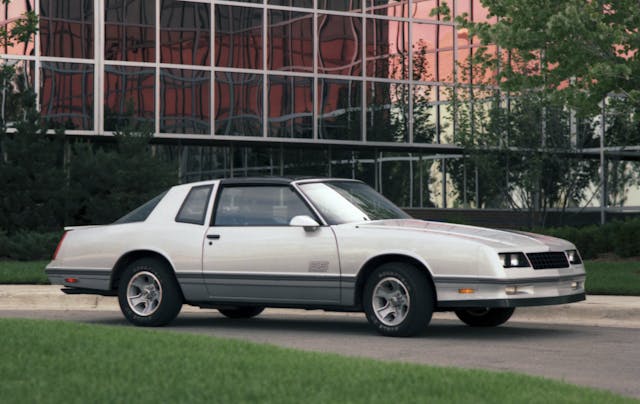
When you think of NASCAR homologation specials that brought superspeedway aerodynamics to showroom floors, you no doubt imagine the Plymouth Superbird and Dodge Charger Daytona. Your next few contenders might be the Torino Talladega and Charger 500. Eventually, you might remember the Monte Carlo Aerocoupe and its similar (but not identical) Pontiac Grand Prix 2+2 Aerocoupe sibling.
These cars didn’t come with a whole lot of muscle like their aerodynamic ’60s predecessors, and Joe Dirt never drove one, but their impact on NASCAR was still important. Pontiac made around 1100 of its fastback coupe while Chevrolet sold 200 Aerocoupes in 1986 and several thousand in 1987. They allowed GM to put a much-improved profile on its NASCAR racers and helped drivers like Dale Earnhardt bring Chevrolet back to the winners circle after Ford’s slippery Thunderbird proved tough to beat.
***
Check out the Hagerty Media homepage so you don’t miss a single story, or better yet, bookmark it. To get our best stories delivered right to your inbox, subscribe to our newsletters.
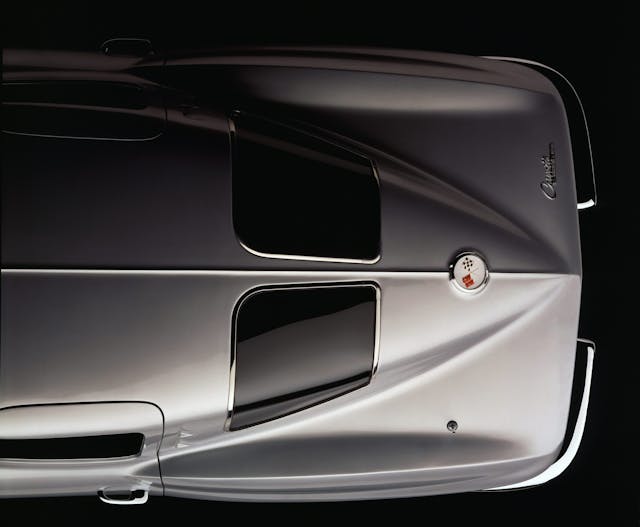
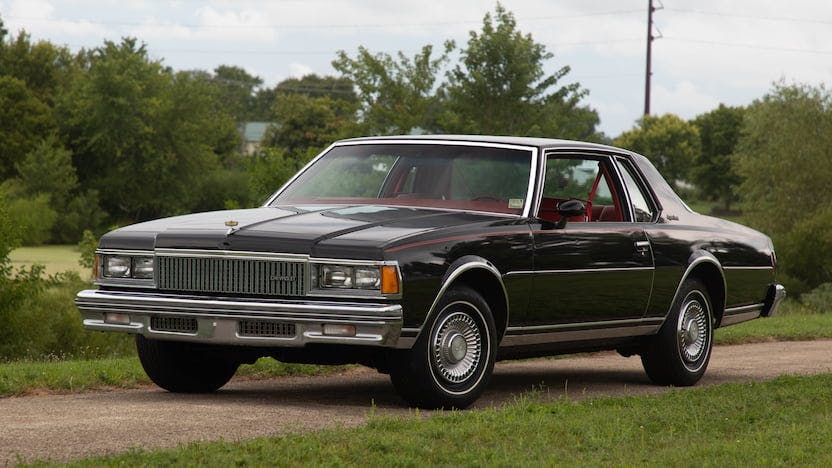
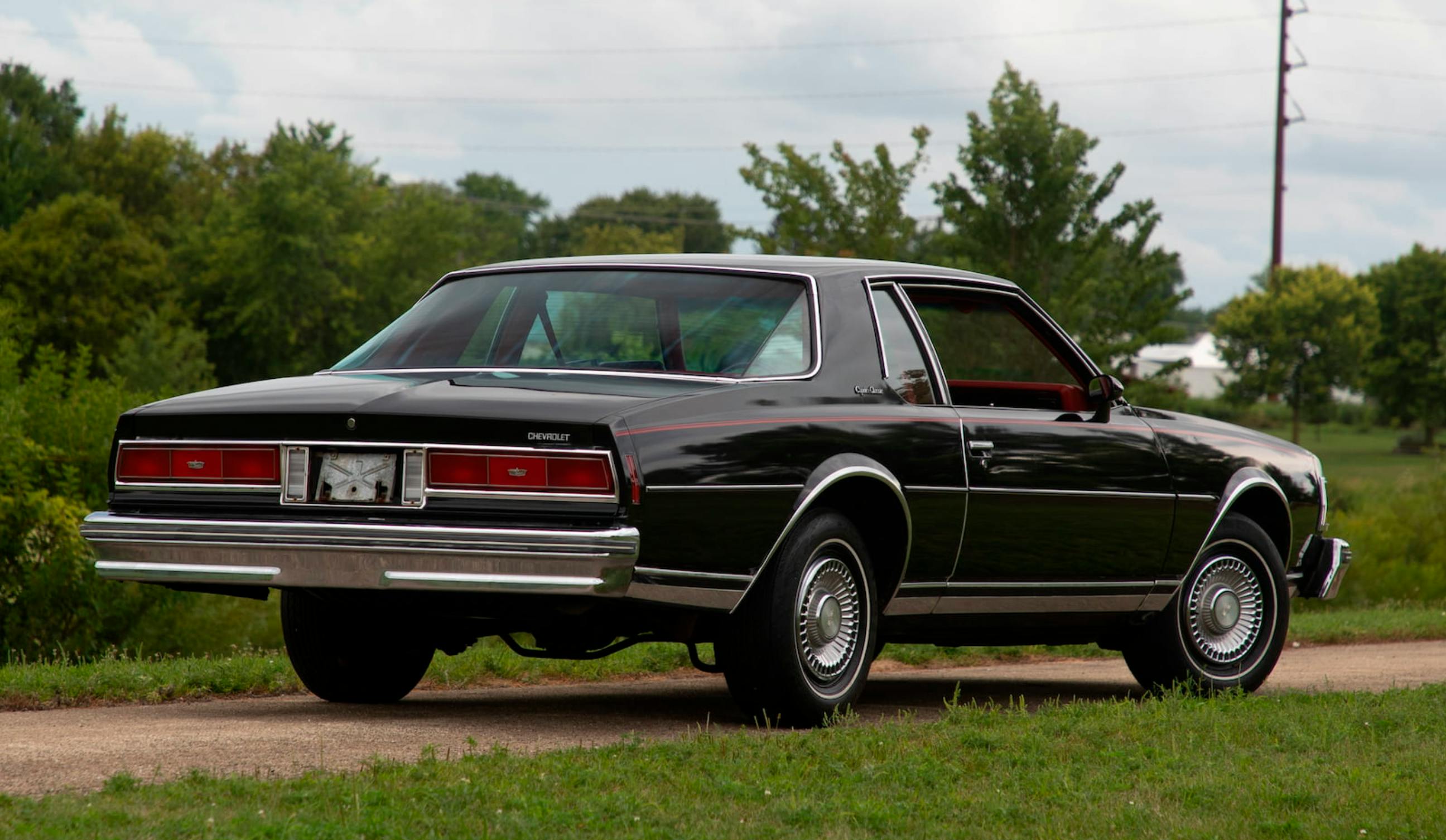
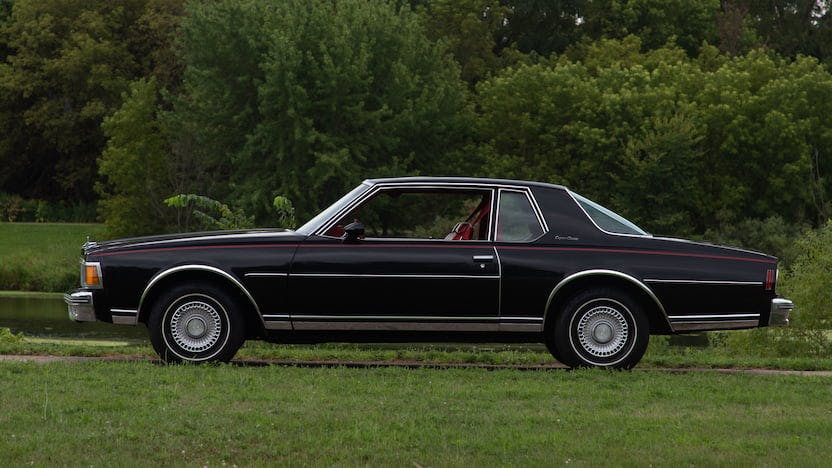









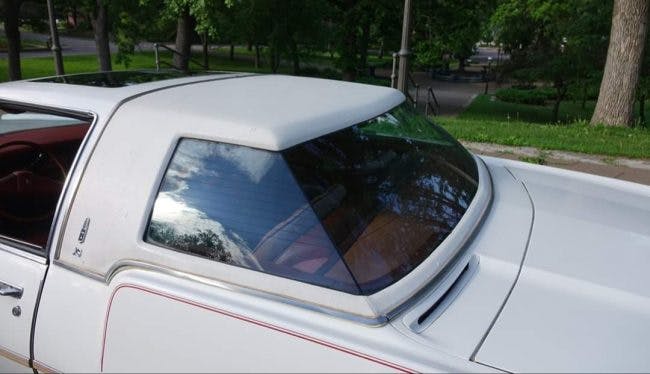







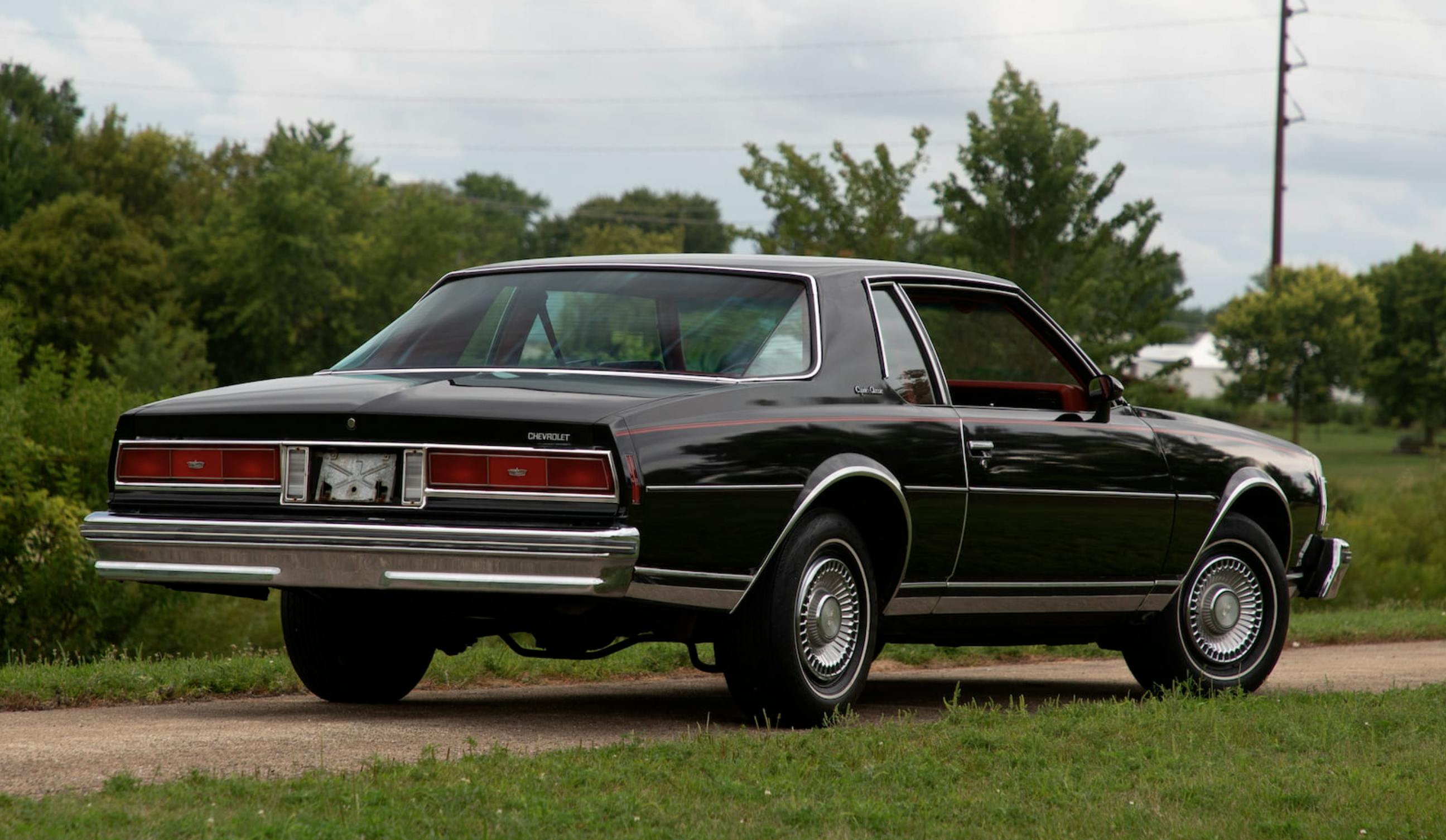






I owned a 1971 Riviera and constantly got compliments on its looks.
I’m with you, I wish i still had mine
I still have a 71 and your right, it gets tons of lookers at the car shows and every where else I go. Won allot of trophies with Lucille too,,,,
Had a 63 split window Vette too so I guess I’m kinda hooked on the swooping back glass cars ?
What about 1975 thru 1980 AMC Pacer?
Oh, GM, only. My bad!
The article was for GM only
Riviera, nothing can match their style and power. I had owned the downsized 1986 Riv and even with its V six engine this car could hold it’s own with the Big boys of it’s time. It was sad to have to experience the downsized model but to me it was my Riviera. Your 71 made history. Love it or just forget it. My 86 was the first car to be operated by a “touch screen”. Cars of today have of course perfected the concept. TV series ” Secnd chance” featured an unbelievable ,extremely awesome 70’s Riviera. It was loved and respected by the star of this short lived series. Oh well the last talk of Riviera will be an electric vehicle. Count me out. I still love that sound of a powerful gas guzzling engine.
Not a GM product.
My favorite corvette is the 63 split window coup.
yep!
If all makes were included the 1965 Plymouth Barracuda would be at the top of the list.
I thought the same thing. All first gen Barracudas (1964-66).
For sure should be on the list
The Riv. Done.
Ah, GM cars only, missed that filter
HEMI under glass
Yep, not a GM but —- I am still waiting for a ‘Cuda salesman to get back (after 50+ years) as I wanted the rear space to carry my skis out of the weather. Oh well, a VW Squareback filled the bill until 4WD Explorer use began.
Include the 1982 series Camaro and Firebird with their molded rear glass. Notice the reverse curve at the bottom.
Another one is the full size station wagon with the retracting glass for the tail. The glass flexed to stow in the roof.
I remember GM had difficulty getting a vendor for the rear glass on 3rd-gen F-bodies, because the reverse curve presented a real or perceived manufacturing problem. PPG got the nod. Also, there is no perimeter deck lid frame. The short deck lid bonds directly to the rear glass.
That’s why they used an automatic lid closing mechanism just like the trunk closer on Cadillacs. The problem was educating the owners to not slam down the rear deck lid on to the closer.
My 1982 Firebird Trans Am didn’t have an automatic closing mechanism, so I was always careful. That must have come later in the series.
Actually there were 2 manufacturers of the rear glass for the 82-92, and interestingly it came down to east vs west. Cars made in Norwood (OH), received PPG glass as you mentioned, BUT Van Nuys cars (CA) got glass from LOF (Libbey-Owens-Ford).
I agree, that huge curved glass on the third generation F-bodies was fantastic.
How about the beautiful 1961-62 Chevy, Buick, Pontiac and Oldsmobile bubble top cars?
My favorite is the Monte Carlo aero coupe. Car looked fast just sitting in your driveway.
I agree – if they’re not included it must be because they were before the writer’s time. They were gorgeous
My vote for the Riviera. Vette is nice but first thing that popped to mind before even reading the article was the Riviera.
Totally agree. These are legendary.
Here are a couple that come to mind:
– 2009-10 Pontiac Solstice coupe
– 1978-82 Corvette
– 1959 Buick Electra 225 4-door
Last one I have is an oddball not many will know about:
– 1963 Chevy Nova fastback
@NovaResource, I must agree on the Solstice Coupe. As good as it looks on that car, it is pretty simple. I would also suggest the early 80’s F-body Camaro/Firebird. I was in college at the time and I thought that backlight was the coolest thing. A friend rented a Camaro then where I helped him drop it off at the rental place. As he closed the hatch after removing his luggage, the glass shockingly shattered. Luckily he had the damage waiver. A few months later GM recalled those cars for that problem.
would like to know more about the Nova fastback
would like to know more about the Nova Fastback
thanks, bill
No thirdgen F-body? At the time that was the most complicated rear glass ever formed.
I really like all of those. Also, the El Camino is similar to a second generation MR2 back window (or vice-versa).
Back in the ’80s a friend was on a team that chopped a boat-tail Riviera 7 inches. Because of the glass and its temper they opted to build boxes for the entire rear window to sink down that same 7 inches. They also had to chop the rear deck lid into 7 pieces to bring it down, too! I can’t imagine working with that mess, but this guy was a maestro with metal.
Gen 3 F car, and Jensen Interceptor had huge back glass. Still own several Gen 3 Camaros. The Firebird/TA is still popular at Bonneville. Very slippery.
There was Mercury that had a rear window that dropped down to leave an open rear space. I can’t remember, but something like turnpike cruiser. Pretty cool, but short lived.
In ’65 I had a ’63 Mercury Marauder 2 door, 390 with a 4 speed. It had the power roll down rear window. No A/C, but with all the windows down, including the rear, it was like a tornado going through the car.
I had a 1964 Mercury Monterey with the “Breezeway” window. It was awesome! As good as it got with no A/C.
My Father had that car. 1963 Mercury Monterey Custom 390. I took my driving test in that car. Switch on the dash opened the window. It was unique.
Breezeway
1963 Corvette without any doubt is the best looking rear window
The Sting Ray is probably the most iconic but the Riviera is not far behind.
Totally agree with you Gary on both of those cars!!!
What about ’63-’66 Olds Starfire?
Yes, that concave rear glass in the Starfire, Jetstar I and Grand Prix for 1963-1964 was gorgeous!
I’ve owned examples of all the Starfires mentioned and they never failed to get comments from folks looking at them at shows or on the street. I think it was mainly because they were made in lesser numbers than the other cars on this list, and it caught people off guard that Olds made something that cool looking, whereas Chev and Pontiac were expected to be more daring in design on full-size cars.
I seem to recall that the examples with the sharply creased backlights used a metal rod in the creased area which was electrically heated to produce the bend. Am I dreaming or does anybody else remember that?
I do remember it being discussed in articles of the time. It was called “Hot wire” bending. Not sure who all used it, or when it was stopped.